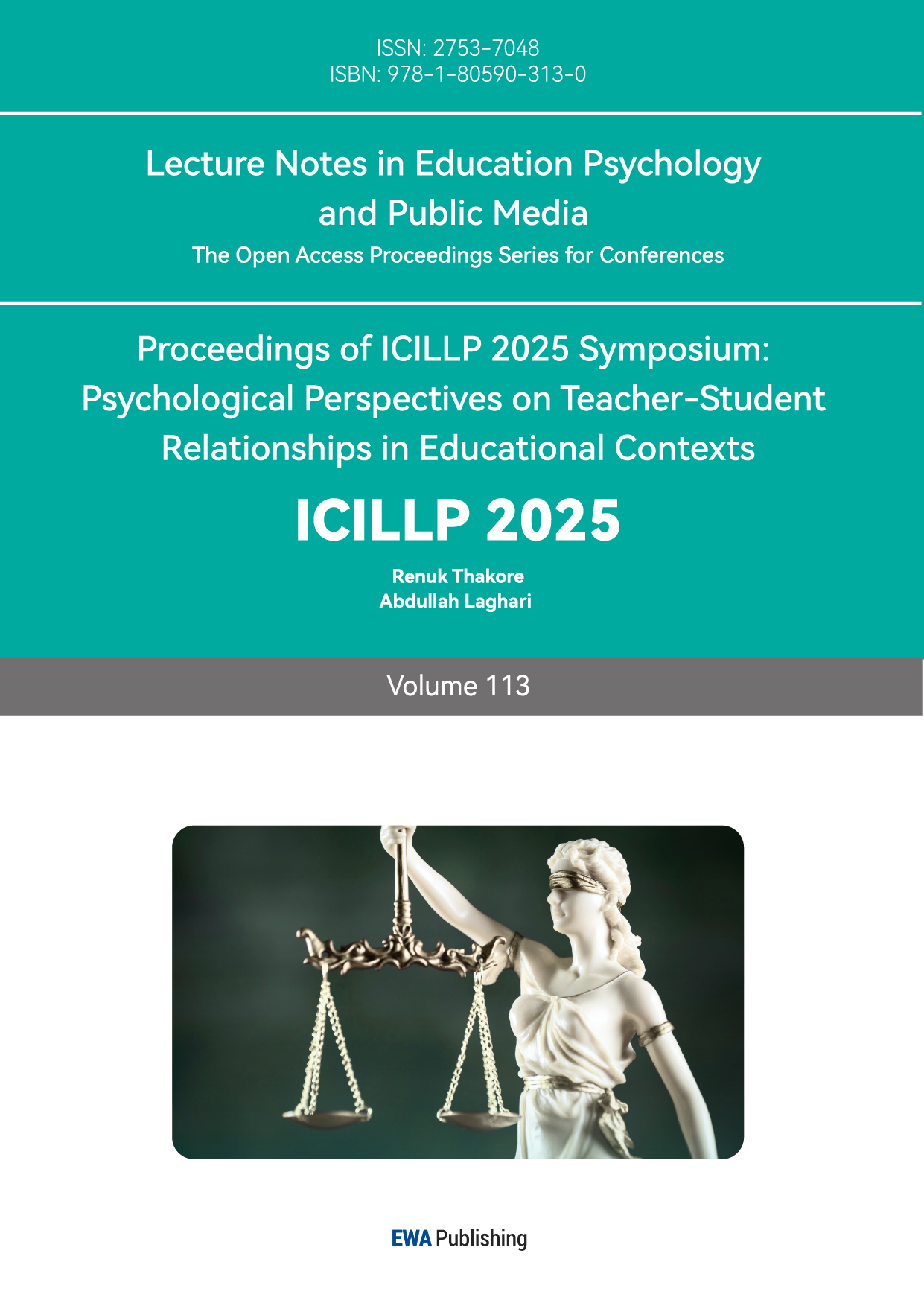References
[1]. PwC. (2017, June). Impact of artificial intelligence (AI) on the gross domestic products (GDPs) worldwide in 2030, by region. Retrieved from statista: https: //www-statista-com.manchester.idm.oclc.org/statistics/785877/worldwide-impact-of-artificial-intelligence-on-gdp/
[2]. Shen, Y., & Zhang, X. (2024). The impact of artificial intelligence on employment: the role of virtual agglomeration. Humanities and Social Sciences Communications, 11(1).
[3]. Almeida, L. (2025, June). UK graduates facing worst job market since 2018 amid rise of AI, says Indeed. Retrieved from TheGuardian: https: //www.theguardian.com/money/2025/jun/25/uk-university-graduates-toughest-job-market-rise-of-ai?utm_source
[4]. Myers, C. (2025, July). As if graduating weren’t daunting enough, now students like me face a jobs market devastated by AI. Retrieved from TheGuardian: https: //www.theguardian.com/commentisfree/2025/jul/06/graduation-students-jobs-market-ai-accountancy-finance?utm_source
[5]. Parker, L., Carter, C., Karakas, A., Loper, A. J., & Sokkar, A. (2024). Graduate instructors navigating the AI frontier: The role of ChatGPT in higher education. Computers and Education Open, 6, 100166.
[6]. Zheng, J., & Zhang, T. (2025). Association between AI awareness and emotional exhaustion: the serial mediation of job insecurity and work interference with family. Behavioral Sciences, 15(4), 401.
[7]. Dempsey, A. E., O'Brien, K. D., Tiamiyu, M. F., & Elhai, J. D. (2019). Fear of missing out (FoMO) and rumination mediate relations between social anxiety and problematic Facebook use. Addictive behaviors reports, 9, 100150.
[8]. O’Day, E. B., & Heimberg, R. G. (2021). Social media use, social anxiety, and loneliness: A systematic review. Computers in Human Behavior Reports, 3, 100070.
[9]. Parrott, W. G., & Smith, R. H. (1993). Distinguishing the experiences of envy and jealousy. Journal of personality and social psychology, 64(6), 906.
[10]. Kirkpatrick, C. E., & Lee, S. (2022). Comparisons to picture-perfect motherhood: How Instagram's idealized portrayals of motherhood affect new mothers' well-being. Computers in Human Behavior, 137, 107417
[11]. Jackson, D. (2015). Employability skill development in work-integrated learning: Barriers and best practice. Studies in higher education, 40(2), 350-367.
[12]. Erikson, E. H. (1968). Identity youth and crisis (No. 7). WW Norton & company.
[13]. Korhonen, V. (2023, October). Number of Bachelor's degree recipients in the United States from 1869/70 to 2031/32. Retrieved from Statista: https: //www.statista.com/statistics/238164/bachelors-degree-recipients-in-the-us/
[14]. R. Collins, “Credential Inflation and the Future of Universities, ” Italian Journal of Sociology of Education, vol. 3, no. 2, 2011.
[15]. M. Tomlinson, “Graduate Employability: A Review of Conceptual and Empirical Themes, ” Higher Education Policy, vol. 25, p. 407–431, 2012.
[16]. Bloomberg, L. D. (2024). Re-aligning higher education and employability: Stackable skills are the new currency as online education paves the way. Journal of Online Graduate Education, 7(1).
[17]. Stephany, F., & Teutloff, O. (2024). What is the price of a skill? The value of complementarity. Research Policy, 53(1), 104898.



